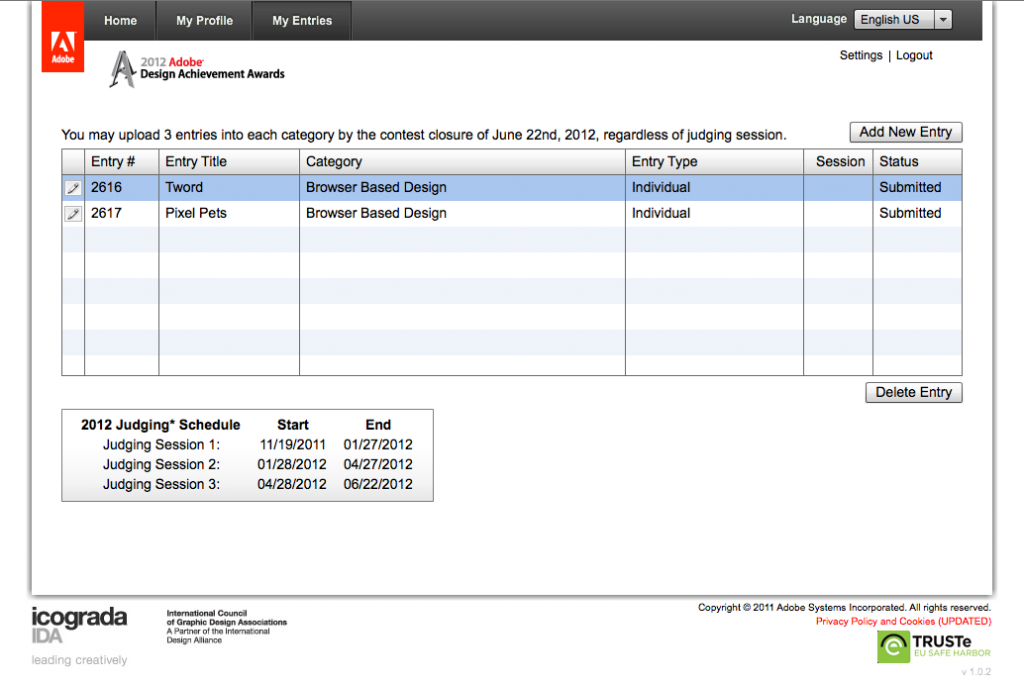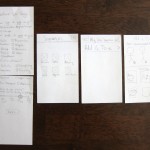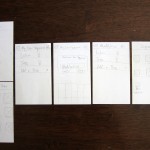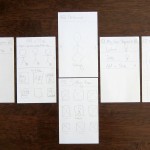Social Dissent and Graphic Propaganda
By Erika Goering,
One of the reasons why I love graphic design is because we have the ability to voice our opinions through our unique means of communicating. We are experts at representing a concept with something visual or usable.
Dissent is the force that drives this intense visual design. When people disagree, their opinions intensify. This tension can be great for design, and even greater for progress. Having that deep desire to change something in society is what perpetuates progress and improvement.
Protest graphics and propaganda media are really strong ways to make an opinion known. Sometimes so strong, in fact, that people become highly offended or agitated. Hitting people in the gut, so to speak, is a very effective way to make a memorable impression.
Specifically, the Constructivist movement gave striking visuals to a strong point of view. The relationship between Constructivism and political/social awareness was a symbiotic one; messages became stronger as visuals became more intense. And creating & using symbols for groups of people gave designers visual elements to represent the people they focused on.
But have we become desensitized to the bold, striking visuals of propaganda posters and Constructivism? Our culture is becoming increasingly louder, more intense, bigger. We’ve begun occupying the digital space, where we can now target who we want to speak to, as well as how.
Guerilla marketing and grassroots efforts can take us back to those roots of propaganda posters and small-scale activism. But extending that to a digital, online space can potentially be the happy medium between mass media and highly targeted awareness. And with the Internet, our natural human persistence is even stronger because of our ability to post in multiple places and “go viral.”
Filed under: KCAI, Learning, Read&Respond, Visual Advocacy
Comments: Comments Off on Social Dissent and Graphic Propaganda



